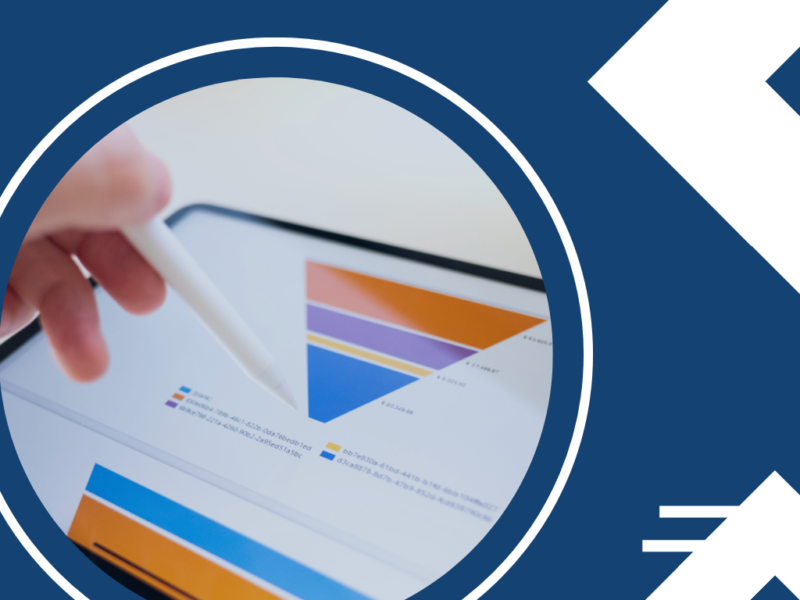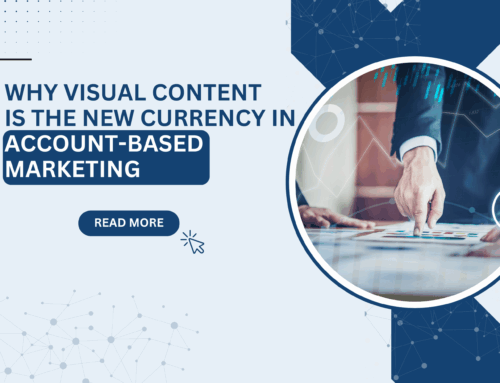Businesses understand the power of content marketing to attract new customers. But simply churning out content isn’t enough. To truly thrive, you need a strategic approach that delivers the right message to the right person at the right time. This is where content journey mapping comes in.
Imagine your ideal customer embarking on a quest to solve a problem. Their journey begins with a vague awareness, then progresses to actively researching solutions, and finally culminates in a decision. Your content marketing strategy should mirror this journey, guiding them towards your brand at each stage. This is where the concept of the marketing funnel becomes crucial.

The Marketing Funnel: A Customer’s Decision-Making Path
The marketing funnel visualizes the customer’s decision-making process, typically divided into three key stages: Top of Funnel (TOFU), Middle of Funnel (MOFU), and Bottom of Funnel (BOFU). Each stage represents a distinct point in the customer’s journey, requiring a specific type of content to engage them effectively.
Understanding Your Passengers: Defining Your Target Audience
Before embarking on this content journey, it’s vital to understand your passengers – your ideal customers. Who are they? What challenges do they face? What are their goals and aspirations? You gain valuable insights into their pain points, information-seeking behaviors, and preferred content formats by creating detailed buyer personas.
Top of the Funnel (TOFU): Planting the Seeds of Awareness
The TOFU stage represents the initial spark of awareness. Potential customers are just realizing they have a problem and are actively seeking information to understand it better. They might not even be aware of the specific solutions available yet. Here, your content strategy should focus on education and information.
Content Example:
Blog Posts: Address common industry problems and offer practical solutions.
Informative Guides: Create downloadable guides packed with valuable industry insights.
Social Media Content: Spark curiosity with engaging social media posts that pose thought-provoking questions or share relevant industry statistics.
Infographics: Present complex data in a visually appealing and easily digestible format.
The Goal: The primary objective at the TOFU stage is to establish your brand as a thought leader and a trusted source of information. By providing valuable, educational content, you build trust and brand recognition, positioning yourself as the go-to resource when they’re ready for solutions.
Middle of the Funnel (MOFU): Nurturing Leads with Value-Driven Content
The MOFU stage signifies a shift in your customer’s mindset. They’re now actively researching solutions and evaluating different options. They’re interested in features, benefits, and how your product or service can address their specific needs.
Content Example:
Case Studies: Showcase real-world success stories demonstrating how your product or service helped clients achieve their goals.
White Papers: Delve deeper into industry challenges and offer your unique perspective and solutions.
Webinars: Host interactive webinars providing valuable insights and allowing for Q&A sessions to address specific concerns.
Ebooks: Offer downloadable ebooks packed with in-depth information and practical advice about their challenges.
The Goal: Here, your focus should be on nurturing leads and guiding them toward considering your brand as a potential solution. By providing in-depth content that showcases your expertise and the value proposition of your product or service, you establish yourself as a credible option in their decision-making process.
Bottom of the Funnel (BOFU): The Final Push Towards Conversion
The BOFU stage represents the final hurdle before conversion. Potential customers have narrowed down their options and are ready to make a purchase decision. They’re looking for that final nudge to choose your brand.
Content Example:
Product Comparisons: Offer objective comparisons highlighting your product’s unique features and benefits against competitors.
Free Trials and Demos: Allow potential customers to experience your product firsthand and see how it addresses their needs.
Client Testimonials: Share success stories from satisfied customers to build trust and social proof.
Pricing Information: Present clear and transparent pricing information to remove any purchase roadblocks.
The Goal: At the BOFU stage, your content needs to be persuasive and action-oriented. Focus on building trust and compelling potential customers to choose your brand. Highlight unique features, showcase testimonials, and offer free trials or demos to remove any hesitation and encourage them to take the final step toward conversion.
The benefit of Data and Continuous Optimization
Remember, content journey mapping is not a static process. It’s an ongoing journey that requires data-driven optimization. Regularly analyze your content performance using website analytics tools. See what resonates

